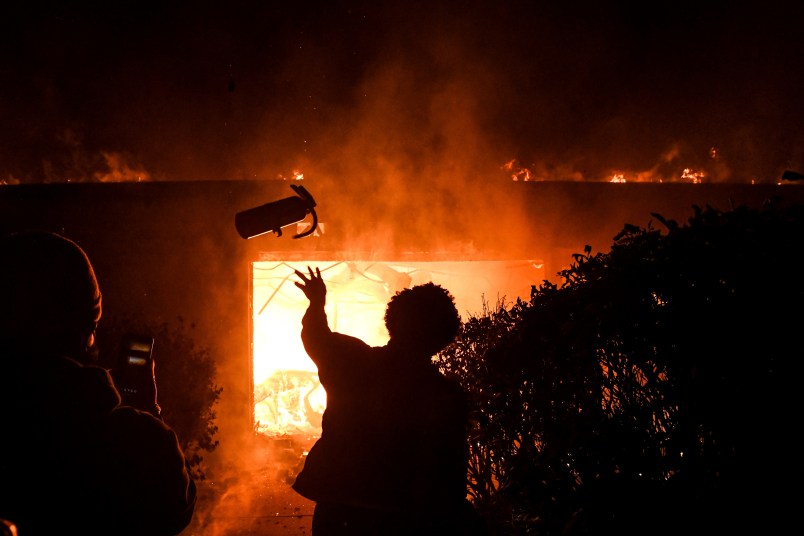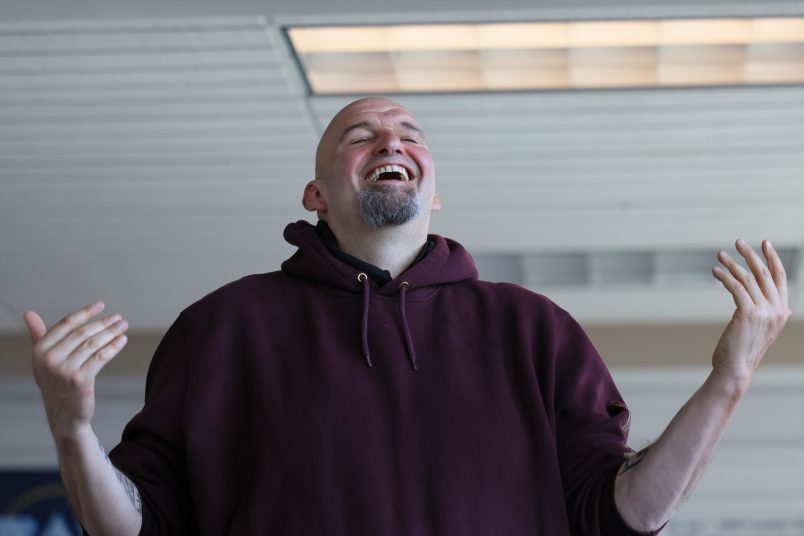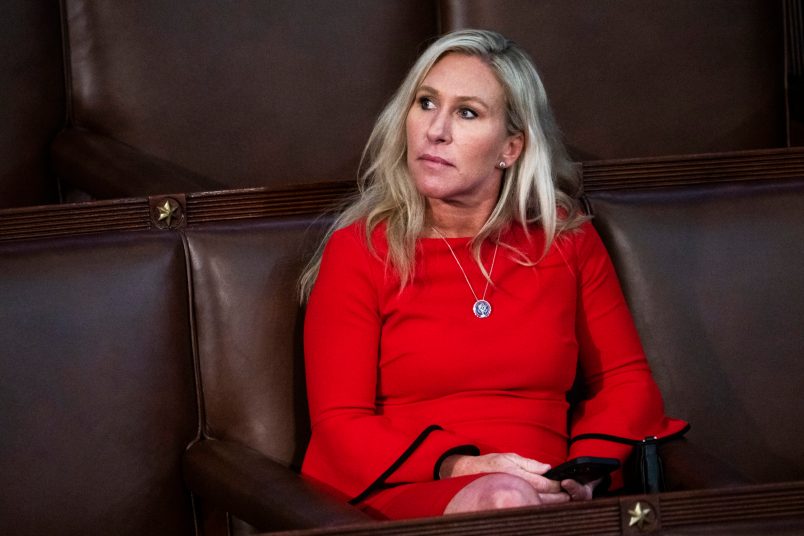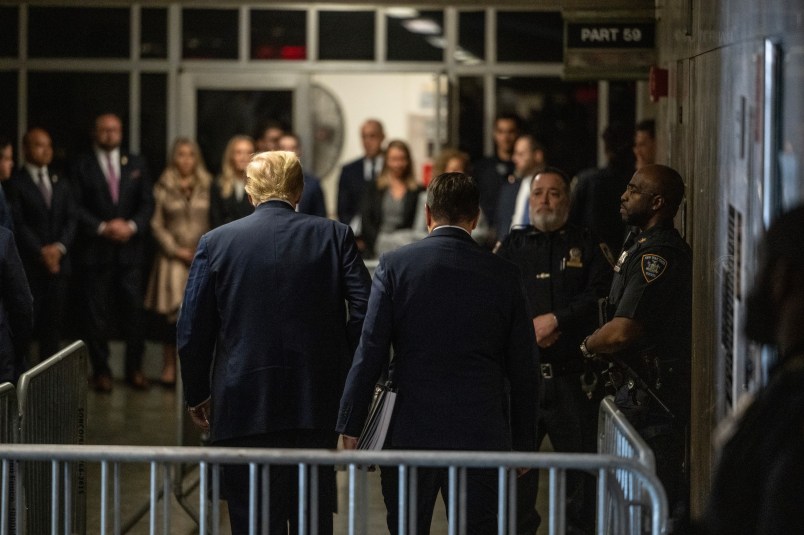In the last 48 hours I’ve struggled to make sense of the totality of what is unfolding across the country. Social media is at its best and its worst, fanatically zooming in on the worst incidents or the occasionally the most inspiring, making it all but impossible to make sense of the larger picture. Yet conventional journalism manages to do little better. I think this is because everything actually does seem to be happening at once: civil rights protestors protesting and sometimes escalating into riot; white supremacists acting as agents provocateurs to goad on their fantasies of race war; white left radicals doing the same to advance their own vision of liberatory social violence. And then you have the police. I have no doubt many, most police are doing their best to do their job in this moment. But the novel technology of smart phones is capturing and magnifying numerous incidents around the country in which police officers are caught acting less like a civilian constabulary working to protect the peace, lives and property than something more like another gang, with its own political agenda, sometimes turning not only on protestors with excessive force but on the civilian population itself.
At its best and its worst, the refrain of protest – that the discrimination and abuse is systemic – is vindicated inasmuch as good or at least middling people are drawn along with bad or destructive actions.
One of my formative lessons in thinking about history was learning about the 1965 and 1977 blackouts in New York City. A mere dozen years apart, largely similar triggers – the sudden loss of electricity – and yet in the first instance the city generally rallied together and in second it exploded in a spasm of civic unrest, looting and public terror. (Another struck in 2003; basically nothing happened.)
Similar triggers can cause vastly different societal moments because of the underlying state of the social fabric. But often these differences only become fully evident after the triggers reveal them. These triggers – whether it’s the sudden loss of electricity or the videotaped police killing of a black man – can serve almost like diagnostic tools, like a flashlight shined suddenly in on a dark room illuminating the hidden scene.
The videotaped killing of George Floyd was particularly egregious, with Floyd’s desperate begging for breath mixed with Derek Chauvin’s brutal but casual indifference. And yet the spasm of public outrage sparked by his death is driven in large part by the sheer frequency and commonness of these incidents. If we’re asking not why but why precisely now we must start with the most obvious answer: The country is almost three months into a bewildering and totally unprecedented nationwide public lockdown. Thirty or forty million people have lost their jobs. More than (probably many more than) one hundred thousand people have lost their lives. And – critically – this great civic storm has been borne disproportionately in the nation’s great cities and among its black and hispanic working classes. Meanwhile much of May has been taken up with public discussion and protest about people’s demands for haircuts and freedom from cloth masks. I’m not saying this is because of the pandemic. But it’s certainly the context outside of which none of this can be truly understood.
In general it is a good rule of thumb that outbreaks of public disorder empower politicians and political movements of right. I definitely worry that it may do the same here. But any confidence that this is the case is misplaced. We are in genuinely unprecedented, unknown territory. The sheer weight and variety and multitude of public crises make the search for historical precedent more desperate and inviting but also more futile. The broken and endangered state of the country as recently as four months ago can be hard to remember and seems almost quaint by comparison to today. But we should be cautious because the moment is truly new.
We are still in the midst of this historical moment in which rising and growing public demands for a more equitable and just society are colliding with a consolidating backlash against them. This is the confrontation that gave us Trumpism and his presidency – inextricably bound up with his brazen and indifferently predatory personality – is only intensifying the conflict. Trump first tried to inflame the violence in his favor. In the last 24 hours, much as he did with COVID, he seems to have gotten tired of the civil conflict and wanted to move onto something more fun – to space launches, judicial nominations, anything. Shortly enough, he’ll return to incitement. It is hard not to look at all of this and not see an escalating gyre of public crises and catastrophes, many of which are not entirely the fault of the President, but all of which are deepened, accentuated and inflamed by his disastrous and cataclysmic presidency.
Living in history is about not knowing the future. As observers and participants all we can do – what we must do – is align our values and the future we would like to live with the reality of the moment and our actions within it and push forward to whatever that future will be.









